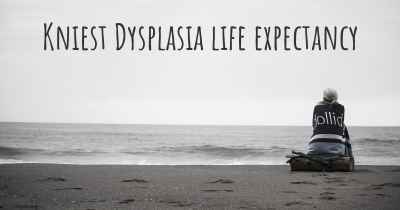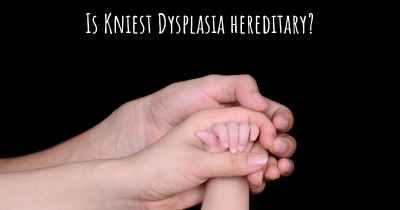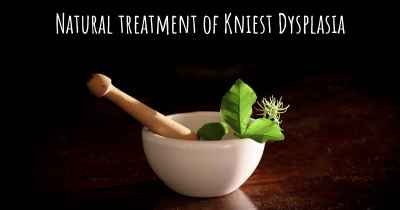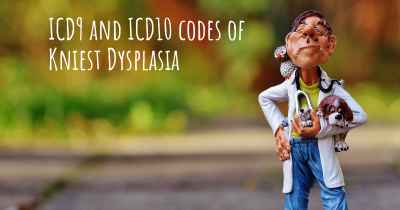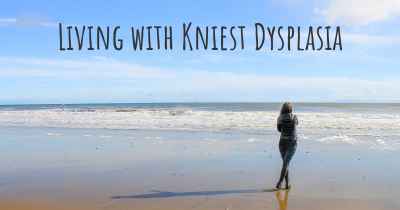How do I know if I have Kniest Dysplasia?
What signs or symptoms may make you suspect you may have Kniest Dysplasia. People who have experience in Kniest Dysplasia offer advice of what things may make you suspicious and which doctor you should go to to receive treatment
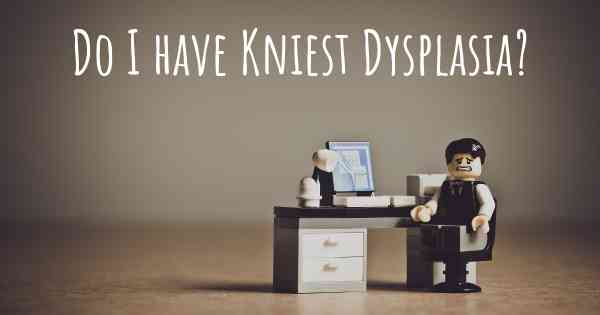
Kniest Dysplasia:
Kniest Dysplasia is a rare genetic disorder that affects the development of bones and connective tissues. It is characterized by short stature, abnormal bone growth, and various skeletal abnormalities. The condition is named after Wilhelm Kniest, the German physician who first described it in 1952.
Symptoms:
Individuals with Kniest Dysplasia typically have short limbs, a short trunk, and a barrel-shaped chest. They may also have a prominent forehead, a flat midface, and a small nose. Joint stiffness and limited mobility are common, which can lead to difficulties in walking and performing daily activities. Some individuals may experience hearing loss, vision problems, or cleft palate.
Diagnosis:
If you suspect you or your child may have Kniest Dysplasia, it is important to consult with a medical professional. Diagnosis of Kniest Dysplasia involves a combination of clinical evaluation, medical history assessment, and specialized tests. The doctor will examine physical features, measure height and limb proportions, and may order imaging tests such as X-rays or genetic testing.
Treatment:
While there is no cure for Kniest Dysplasia, treatment focuses on managing the symptoms and improving quality of life. A multidisciplinary approach involving various healthcare specialists is often recommended. Physical therapy can help improve joint mobility and muscle strength. Assistive devices such as braces or mobility aids may be prescribed to enhance mobility. In some cases, surgical interventions may be necessary to correct skeletal abnormalities or address complications like cleft palate.
Prognosis:
The prognosis for individuals with Kniest Dysplasia varies depending on the severity of symptoms and associated complications. Some individuals may have relatively mild symptoms and lead relatively normal lives, while others may experience more significant challenges. Regular medical follow-ups are essential to monitor growth, address complications, and provide appropriate support.
Conclusion:
If you suspect Kniest Dysplasia based on the symptoms described, it is crucial to consult with a healthcare professional for an accurate diagnosis. They will be able to evaluate your medical history, perform necessary tests, and provide appropriate guidance and support. Remember, early detection and intervention can significantly improve the management of Kniest Dysplasia and enhance overall well-being.
Posted Oct 31, 2018 by Shere 2500
